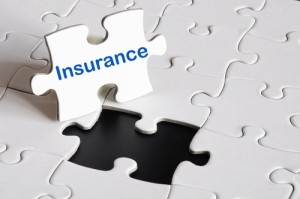The Maryland Daily Record has an interesting article today on the Maryland Automobile Insurance Fund (MAIF).
For out-of-state readers, MAIF is a unique animal: a state-run insurance company for drivers that cannot get car insurance from private insurers. Most states deal with this problem by forcing private insurance companies to insure high-risk drivers. In Maryland, we have created a huge state-run insurance company to insure the risk.
To me, MAIF is like stare decisis. I don’t think we would decide all over again to create a state agency. One good piece of evidence: no other state has followed suit and created their own version of MAIF. But now that we have it, there is no inertia to tear it down.
The Daily Record article talks about efforts in the Maryland legislature to essentially stop MAIF from acting as an insurance company. What’s the problem? Insurance companies are threatened by MAIF because they are stealing market share. One of the lobbyists quoted in the article complaining about MAIF works for Agency Insurance, which also insurers a lot of high-risk drivers. This isn’t the first time an insurance company that markets to high-risk drivers has complained about MAIF. (See this September 2, 2008 post.)
These same insurance companies also grab on to the up-with-people populist sentiment against bonuses for anyone connected to public funding, pointing to the $1.2 million in bonuses MAIF paid last year. They jump on the fact that MAIF Executive Director M. Kent Krabbe is the one who recommended the bonuses to the board and that Krabbe got $36,000 for himself.
I’m as big of a MAIF critic as anyone is. I think they are just plain obstructionists for paying valid claims and I think their approach often costs them money. They won’t try a high-risk case, but they also won’t offer their policy limits until after they spend a fortune in legal fees defending the case.
I have said in the past I don’t disagree with insurance companies’ tactics of playing hardball with personal injury lawyers to maximize their profits. Too many attorneys settle at the first sight of money or a potential trial. But hanging around in a wrongful death case – which they have done multiple times with us – when I know they are just going to offer the policy before trial – is just a poor business strategy. Good companies have over one gear. MAIF just has the one. At some point, turning the boat north and speeding up when there is an iceberg in your path is a terrible idea. Particularly when your plan is to jump off when the iceberg gets real close. Continue reading

 Maryland Injury Law Center
Maryland Injury Law Center








